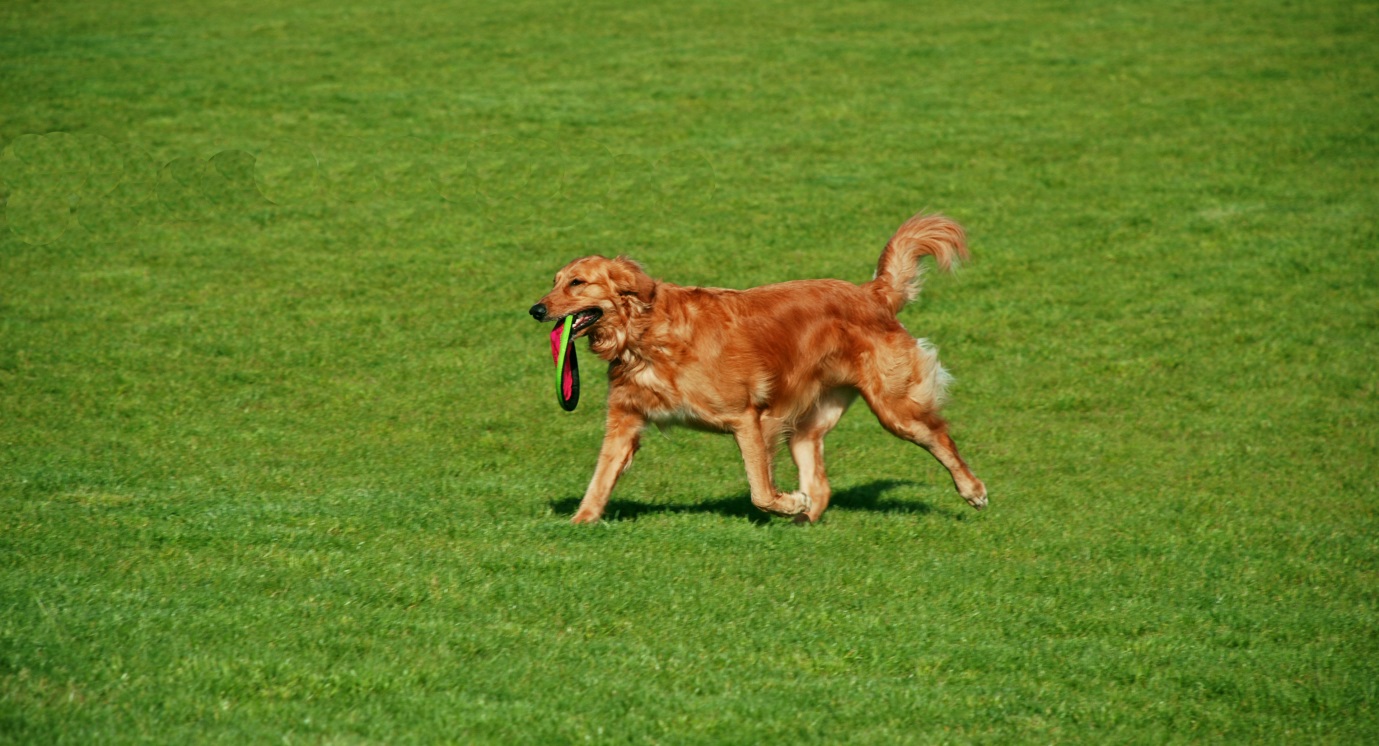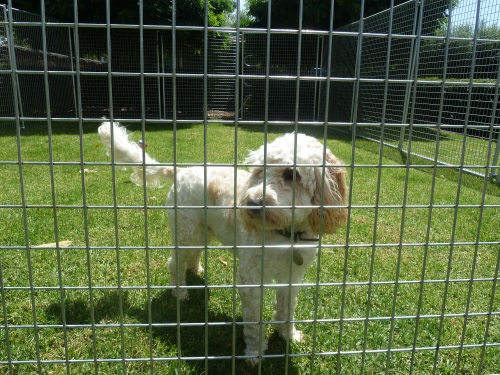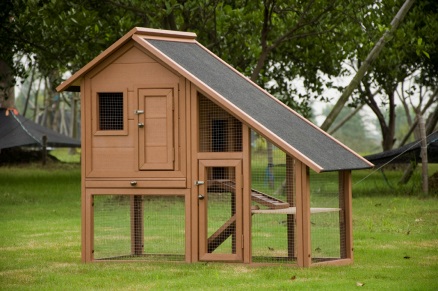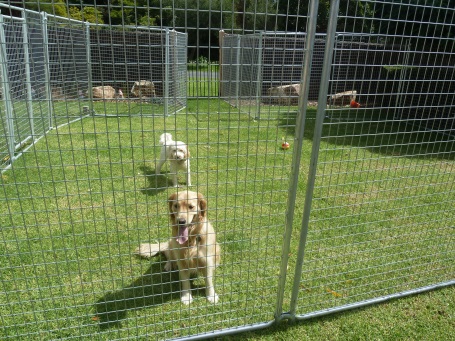By Chloe Denyer
There is not a lot that compares with having fun at the local park or at the beach with your fur babies. Dogs are clever, intuitive, playful and loving and enjoy the interaction of social play with other dog and human friends, often times you will notice your dog picking up little traits and tricks after a run with his buddies around the local leash free park.
One evening last summer I was at our local park watching my Lab x, Chilli, playing with long-time pal, Rocky the fox terrier, when Rocky did the most wonderful thing. A young girl was playing Frisbee with her golden retriever and Rocky saw the disc sail past in the air and took chase, beating the retriever to the destination, he jumped about a meter in the air and caught the Frisbee! Rocky’s owner and I were dumb struck as this was a first, he trotted back to his owner and I and dumped the Frisbee at our feet as the young lady ran over, we all had a laugh about it but it got me thinking, maybe I could teach Chilli how to play Frisbee…? What a wonderful way to help him burn off that extra energy and it’s a little more creative then throwing a ball, so I set to forming a plan to teach my beautiful boy how to catch a Frisbee. Here’s what I came up with….
1. Choosing a Frisbee
Ok so this should be easy, right? Turns out it’s not as easy as it seems. I started with a cheap people Frisbee, it was hard plastic and in hindsight too large, so this failed miserably and ended in Chilli trying to eat it… So I went to my local pet supply and asked for one, there are quite a few great ones on the market that are designed for dog’s mouths, not people hands and average between $9 and $19. What you need to look for is a softer more flexible compound, flexible enough to be able to bend the edges so it doesn’t cause any damage to your dog’s teeth. It also needs to be small enough for your dog to grab; you can actually get different sizes for different breeds!
2. Introducing the Frisbee
Introducing the right Frisbee gave a better outcome. We started by incorporating it in with all of Chilli’s favourite toys, along with the tug-o-war twist and my old trainer left over from naughty puppy days. He started carrying it around the yard and house and we knew then he had adopted it as his.
3. Learning the basics
Once Chilli was comfy with the Frisbee we began to try more “Frisbee specific” stuff. I would get him to grab it from my hand then request it back. I started rolling the Frisbee along the ground and encouraging Chilli to grab the rim while it was rolling vertically, then we’d have a little tug-o-war and when he released I would start again. Gradually I introduced commands into the mix. When I rolled the Frisbee along the floor, I would use the command “Catch” as he was about to grab the Frisbee in his mouth. This taught him familiarity of the command and association with the act.
4. Praise!
This particular task came pretty easily to Chilli, with this one I was lucky and Labradors are retrievers after all. Other things early on such as potty training and a time we look back on as the “chew everything stage” not so much and it was during those puppy times (and then some) we learned the subtle art of praise. Our dogs love us unconditionally, when we praise them it’s like the adoration is reciprocated and they remember! In the beginning whenever Chilli would “Catch” on command he got an extra big cuddle and lots of smoochy mummy talk about how great he was, the intensity of that gradually decreased as he became more experienced with the action but there was always a pat and a “Good Boy!” (In smooch mummy voice, of course), there still is now. This showed him it was a good thing to do; he was doing the right thing.
5. Puppy steps
One of the most important things I can tell you is to start small….
A long throw means a harder throw and if your dog tries to get to the Frisbee too early, it may damage their mouth or teeth, misjudging means a potential wack in the face too. Starting with small (a meter or so) throws between the 2 of you and gradually increasing the distance means you have a better chance of you dog picking it up. Also starting in your nice quiet yard as opposed to the dog park where there are so many smells and noises, may be an idea.
6. Final hurdle….
So you have been practicing at home for a few weeks, you think it’s time you took it up a notch, off to the dog park! First, make sure not to take a new Frisbee, use the one you’ve worked with at home, it has your dog’s smell all over it and they can identify it. Remember that your dog will do the same thing they always do in that environment, if you normally open the car door and Rufus bolts for the nearest tree and then cavorts with Butch from 2 doors down and the local boys for a while, that will still happen because that’s part of the normal routine. You have to make this a part of that routine, let you dog do their thing and run off the first bout of energy, then when they’ve settled a little you can give tossing the Frisbee a go.
Remember the steps:
- Choose the right Frisbee
- Introduce it properly
- Start with the basics
- Lots of praise
- Take it slow
- Take it to the park!
Chilli and I get out as often as possible and we love it!






